PRICELESS
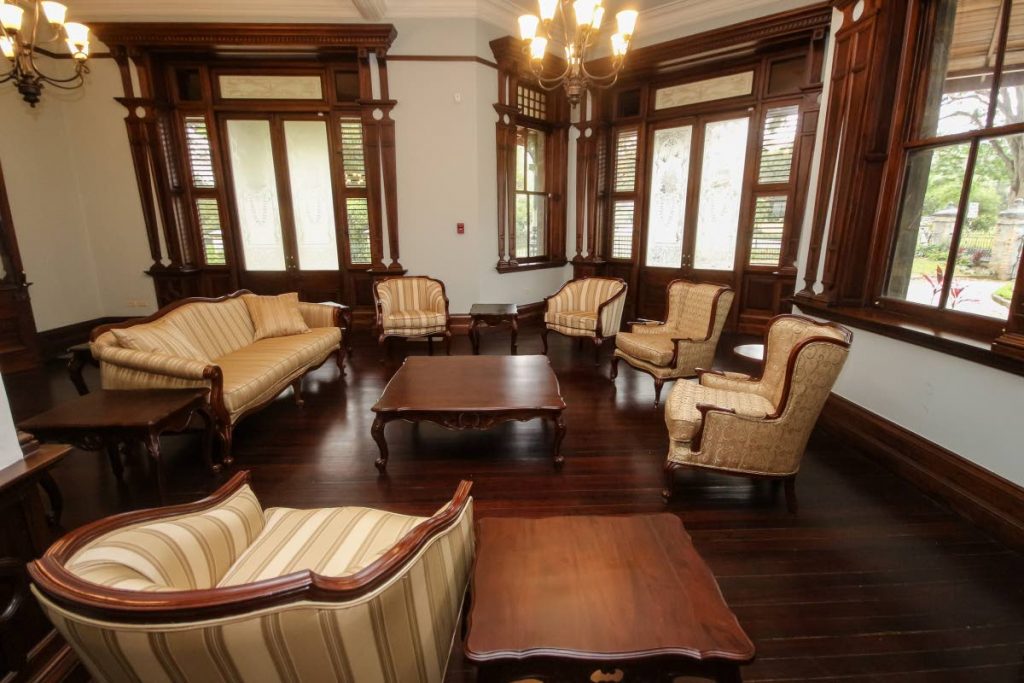
Stollmeyer’s Castle, one of the iconic Magnificent Seven buildings, emblematic of Trinidad’s proud past, stands stately, punctuating the northwestern corner of the Queen’s Park Savannah.
The building was only just rededicated to the people of Trinidad and Tobago, after a complete refurbishment costing upwards of $16 million. It’s part of an ongoing effort by the Government to upgrade historical monuments, including Stollmeyer’s neighbours, Whitehall and Mille Fleurs, the Red House, and President’s House.
“Some people will only focus on cost, but the question I ask is, what would have been the cost if it had been allowed to collapse into rack and ruin? And the same way it is priceless in its finished state, the cost of not having restored this building would have been an indelible stain on the people of TT,” Prime Minister Dr Keith Rowley, also Minister of Housing, told guests gathered to celebrate the finished product at a ceremony at the castle last Thursday. And while he wants the site to be a place of pride and learning for the nation’s youth, he also recognises the potential to build a tourism industry around this and other notable sites.
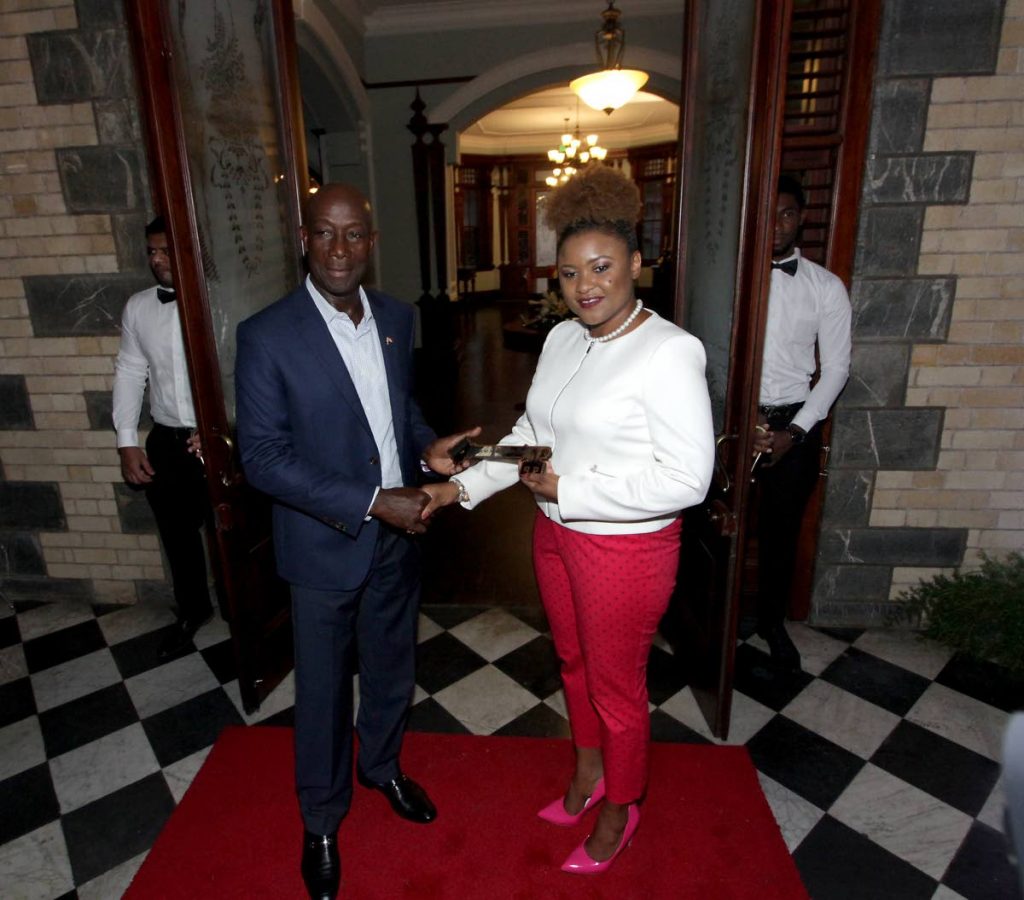
“(They) will be used as heritage buildings. The objective is to have an exhibition lane in Port of Spain so we can actually market it as a guided tour, which has tremendous economic value for tourism. We can serve them local tea, and snacks and (tourists) will take pictures and it will promote our country. When the children come here they must see another side of our country and go away with a sense of pride,” Rowley told reporters at Stollmeyer.
It’s a grand plan, but as the galvanise facade of Mille Fleurs, placed to conceal the crumbling frame of another national treasure, suggests, it’s taking a long time to realise.
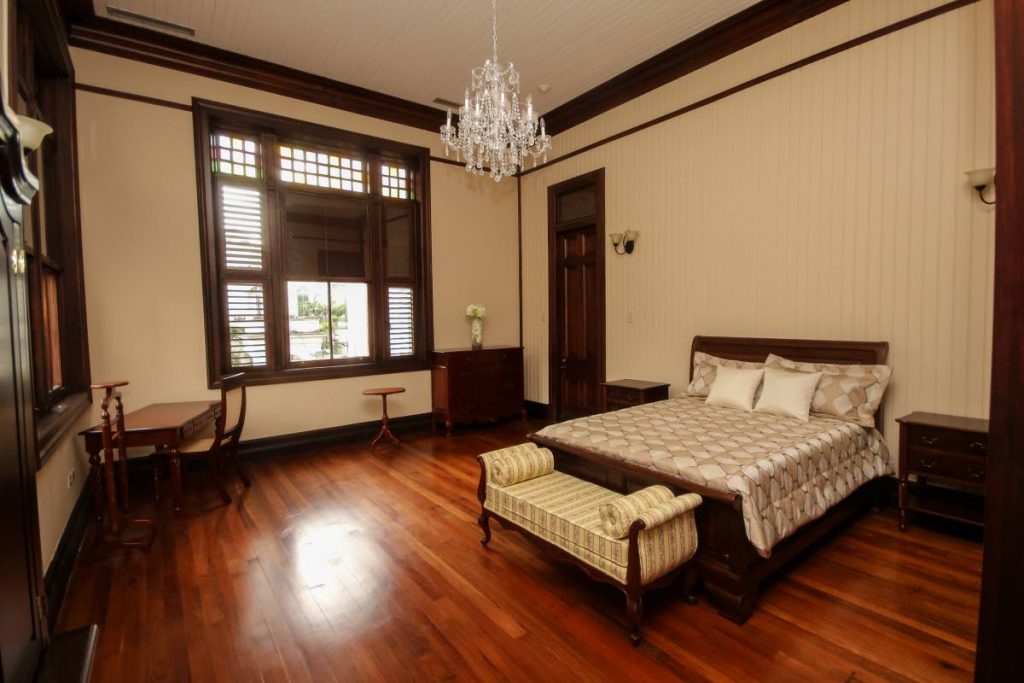
“We have not done well in terms of preserving and maintaining our built heritage,” historian Professor Emeritus Bridget Brereton said. She said that this country has done “far less well” than other, poorer Caribbean countries, including Barbados, Jamaica and Suriname, to protect old buildings and historical sites. While Brereton noted many of the historical buildings that date back to the 1800s and 1900s have been lost, there is good news because conservation groups like the National Trust and Citizens for Conservation have been working to raise awareness and funds to save historical monuments.
As for Stollmeyer, she said: “It’s very late but wonderful. The Stollmeyer restoration is very good news, as well as the work that is finally happening on the President’s House.” Once these structures are gone, they’re gone forever, she said, and even though the economy is tight, she endorsed the idea that the country should set aside a small portion of the national income to preserve its history.

Port of Spain Mayor Joel Martinez welcomed the opportunity to market the capital city as a heritage tourism hotspot. “The city has the largest concentration of heritage sites in the country. I have just gotten a list and am learning where they are and what the position is to see how we can preserve our history,” he told Business Day. The Magnificent Seven is a well-known feature of the city and the Queen’s Park Savannah, he said, is a priceless symbol of TT history that must be preserved. Mille Fleurs, as the residence of the city’s first mayor, Enrique Prada, was of particular interest to Martinez. He proposed a collaboration with the central government and the city corporation to save it. “The city doesn’t have the kind of money to do restore the building on its own but it’s such a magnificent building and shouldn’t be left to the vagaries of the elements. I’m sure we can get help from a number of embassies and business organisations because it is one of our sites that should we lose it, it would really create a void. It would no longer be the Magnificent Seven,” he said.
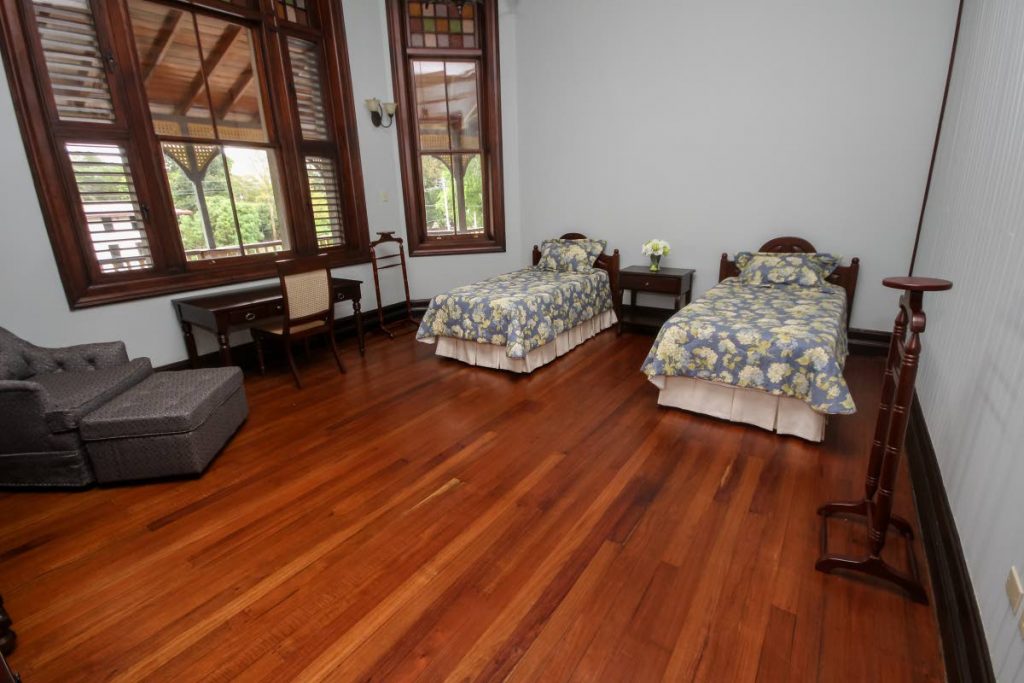
There are critics who believe money expended to restore these monuments are a waste. Opposition MP Roodal Moonilal recently said the government cared more about the country’s past than present problems. But there is also a lot of support that suggests that, even domestically, there is a market for heritage tourism.
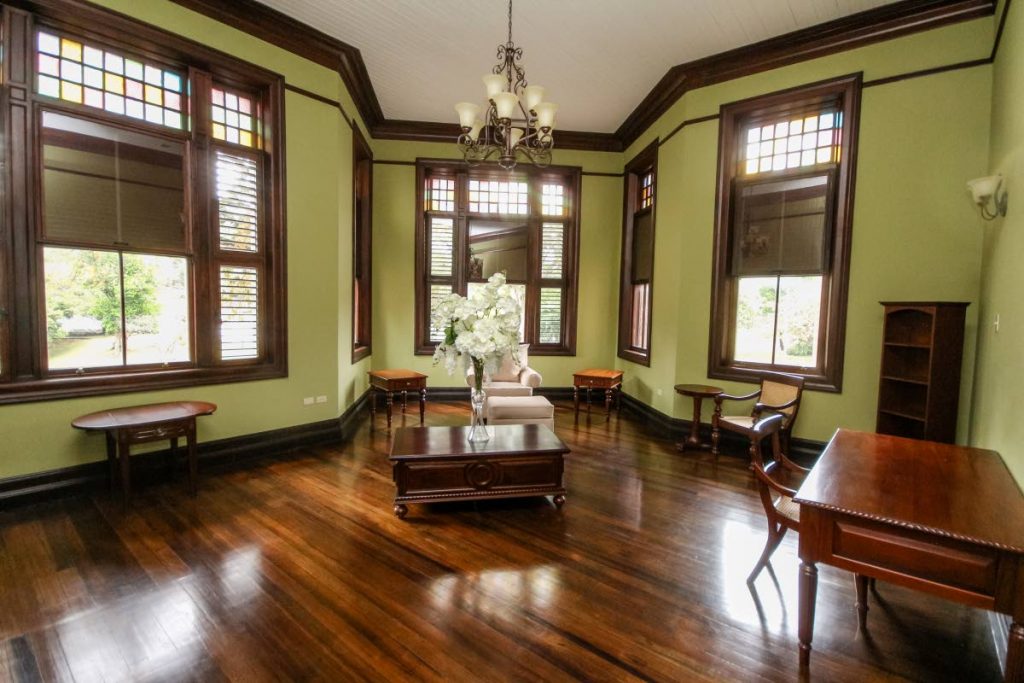
The House of Angostura, an internationally-renowned local brand, already offers tours of its Laventille distillery to both foreign and local visitors, as well as school children, curious about the origin of its popular Angostura Bitters. “We are already involved in a number of elements connected to tourism. We have the museum and we have the Barcant Butterfly Collection, which when we purchased it from local lepidopterist, Malcolm Barcant, it was on the condition that we allow TT citizens to view it whenever they wanted. So, we do tours just on that as well,” the company’s senior manager for hospitality and communications, Giselle La Ronde-West said.
The National Trust, which is overseen by the Ministry of Planning, also organises tours and lectures, which are usually well attended, Neisha Ghany, one of the council members of the National Trust and also part of Citizens for Conservation, told Business Day. There’s an “overwhelming pride” among the people who participate in the trust’s activities, she said, with many repeat attendees.
“They come again and again, and bring their families and friends, especially diaspora visitors. There is a thirst for heritage that we have only just begun to fill,” Ghany said.
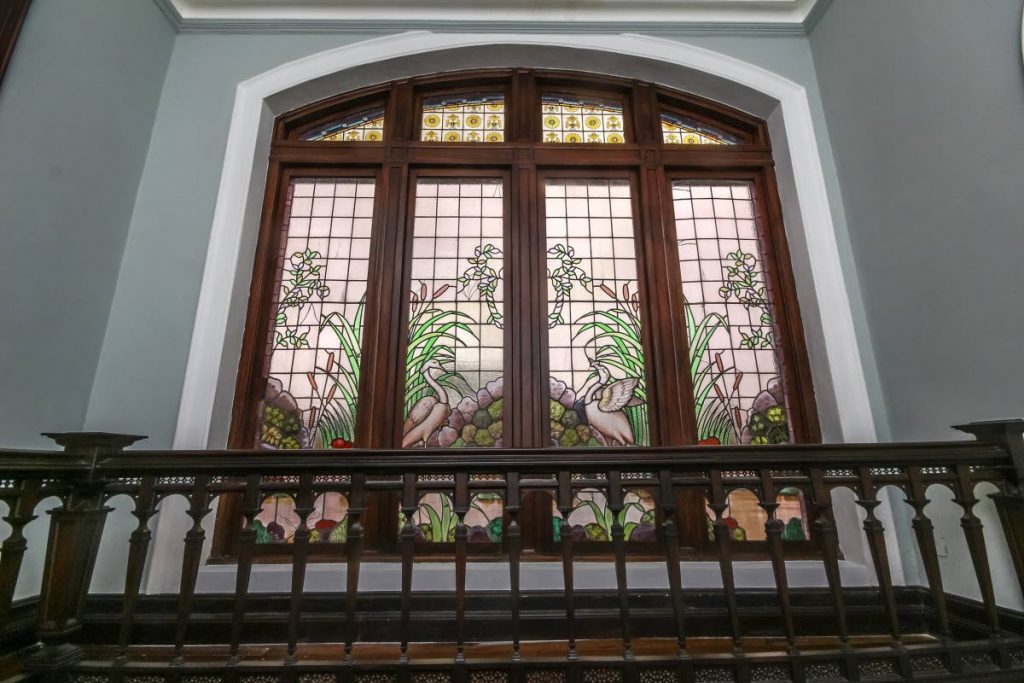
She said that despite the economy, some tours are often sold out—especially the ones on trains. The trust gets a small subvention from the government, and makes some money from its tours. Ghany calls it “embryonic” and the trust doesn’t mind operating at a loss on some tours or lectures—it’s more about the awareness and passion the events engender among those who attend. “The feeling from those who take part is palpable. They’re rediscovering themselves and claiming their Trinidadian-ness,” she said.
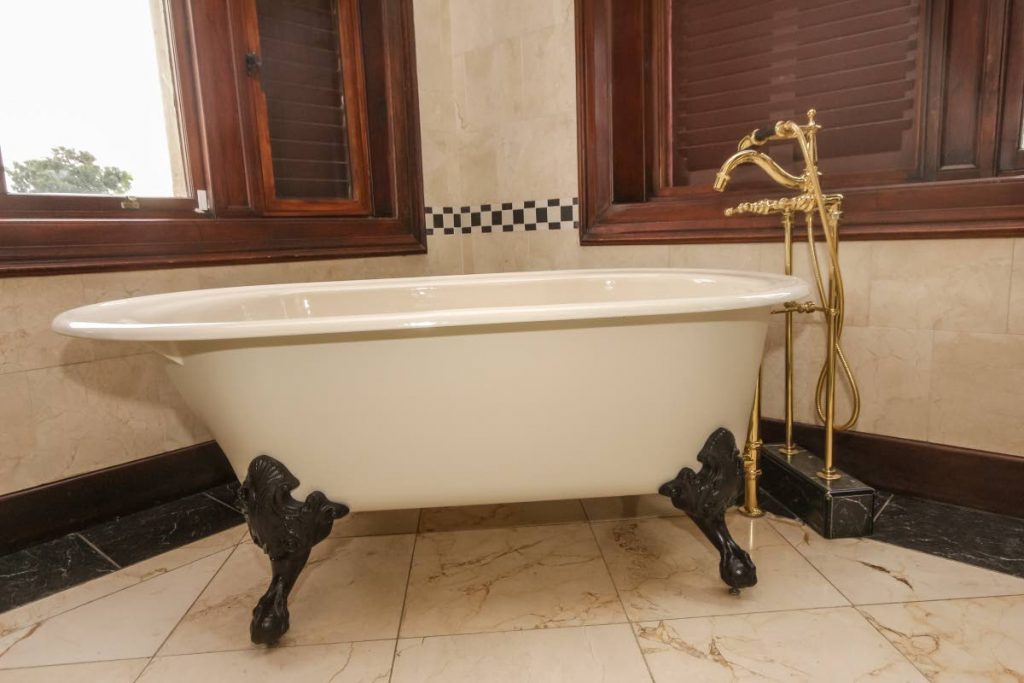
It’s a sentiment shared by Arts and Culture Minister Nyan Gadsby-Dolly, whose ministry is in charge of using Stollmeyer's as a point of education, especially among school children. The aim she said, is to sensitise them to Trinidad’s past, and how far the country has come, as well as inspire pride at the quality in the workmanship of local artisans.
“Stollmeyer’s Castle is more than just a building but a symbol of what we were, what we are, and what we can be,” she said.


Comments
"PRICELESS"